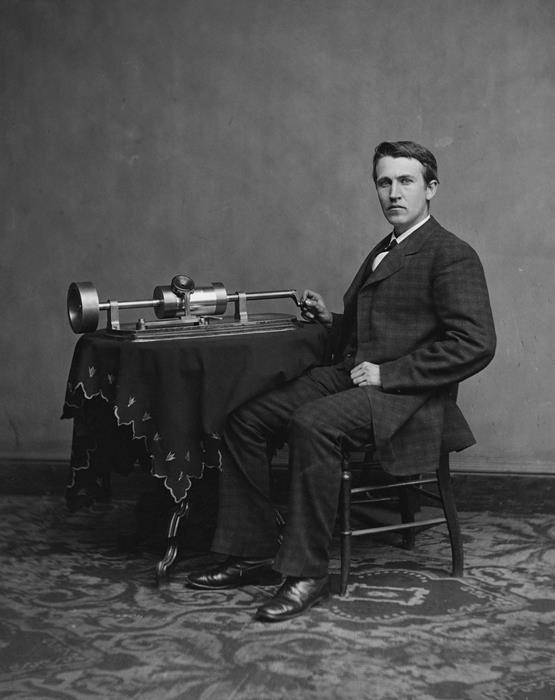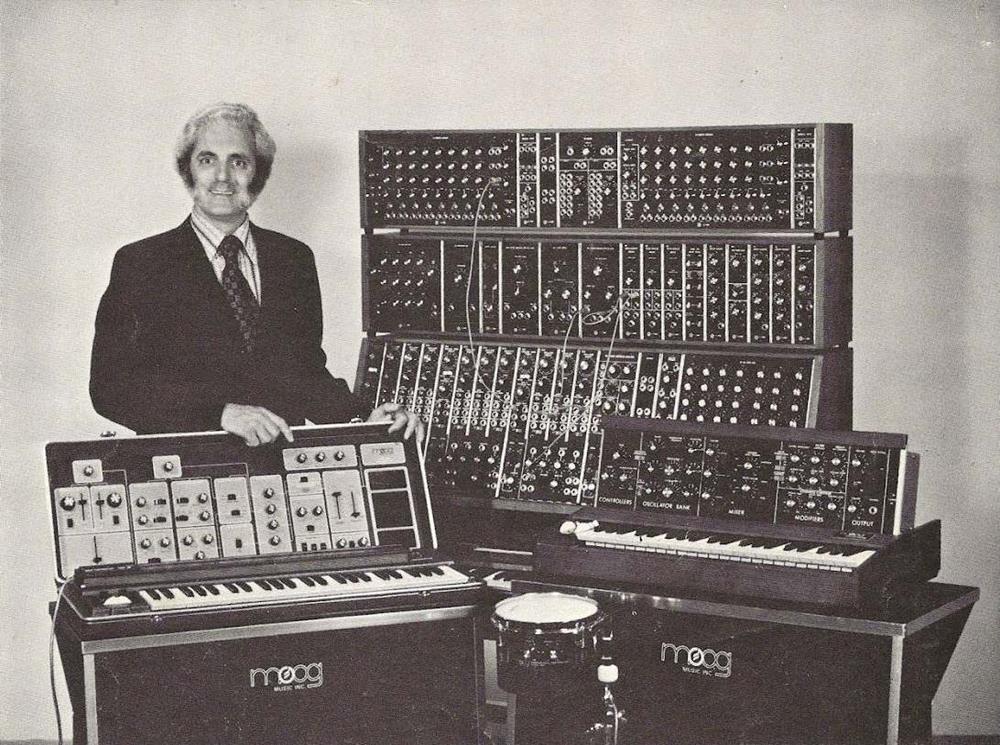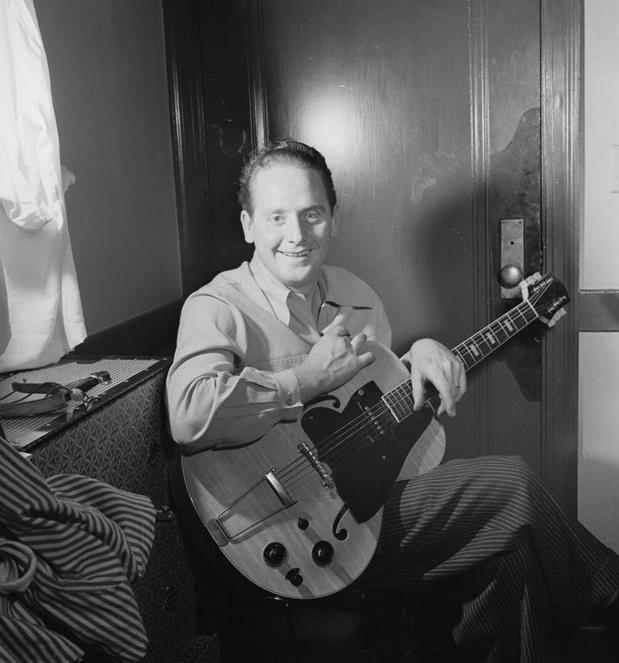In the realm of sound, a select few have left an indelible impact, shaping the way we listen, create, and think about audio. From the creation of the phonograph to the development of digital audio technologies, these pioneers have set new benchmarks in the fields of acoustics, music, and sound engineering. This article profiles some of the most influential individuals in the history of sound, a mix of inventors, musicians, and thinkers who have radically transformed our auditory landscape.
Thomas Edison – Invention of the Phonograph
Thomas Edison stands as a monumental figure in the history of sound for his invention of the phonograph in 1877. This groundbreaking device was the first to both record and reproduce sound, forever changing how music was consumed and shared. Edison’s phonograph paved the way for the development of record players, impacting the music industry in ways that are still felt today.
Despite facing numerous challenges and skepticism, Edison’s perseverance led to the creation of a machine that could capture the human voice and other sounds for later playback. Edison’s work laid the foundational technology that would evolve into modern sound recording and playback devices, underscoring his enduring influence in the audio world.
Ludwig van Beethoven – Transformation of Music Composition and Performance
Ludwig van Beethoven, a pivotal figure in the transition from the Classical to the Romantic era in Western music, revolutionized the approach to music composition and performance. His works, characterized by their emotional depth and complex structures, expanded the potential of musical expression and inspired countless composers and musicians that followed.
Beethoven’s ability to convey profound emotions through sound, even as he battled with hearing loss, is a testament to his unmatched skill and determination. His compositions, including symphonies, sonatas, and quartets, remain some of the most performed and revered pieces in the music repertoire.
Bob Moog – Pioneer of Electronic Music
Bob Moog transformed the landscape of music with his invention of the Moog synthesizer in the 1960s. This revolutionary instrument allowed musicians to generate a vast array of sounds electronically, opening up new horizons in music composition and performance. The Moog synthesizer’s impact was profound, influencing genres from rock and jazz to classical and beyond, making it a staple in studios and stages worldwide.
Moog’s invention was more than just a new musical instrument; it was a gateway to the future of sound. By harnessing the potential of electronics for music creation, Moog laid the groundwork for the development of modern electronic music genres and digital sound synthesis. His work continues to inspire musicians and engineers, cementing his place as a key innovator in the history of sound.
Ray Dolby – Innovator of Noise Reduction Technology
Ray Dolby’s contributions to sound technology are immeasurable, most notably through his invention of noise reduction systems that enhanced the clarity of recorded sound. Founded in 1965, Dolby Laboratories became synonymous with high-quality audio for both professional and consumer markets. His innovations significantly improved the listening experience by reducing background hiss in tape recordings, a breakthrough that had a vast impact on the film industry, music production, and home entertainment.
Dolby’s work didn’t stop at noise reduction; his company went on to develop surround sound technology, further transforming the auditory experience in cinemas and homes. Through his inventions, Dolby has left a lasting legacy in the world of sound, improving how we record, produce, and listen to audio. His vision and technological advancements have elevated the standards of sound quality, making him an essential figure in the evolution of audio technology.
Les Paul – Multitrack Recording
Les Paul was not just a virtuoso guitarist but also a visionary in the field of sound recording. In the 1940s and 1950s, he pioneered the development of multitrack recording, a technique that transformed the music industry. By layering different parts of a musical piece separately and then combining them, Paul introduced a new dimension to sound recording and production, enabling a level of complexity and creativity previously unattainable.
Paul’s innovations provided artists and producers with unprecedented control over the sound of recordings, facilitating the creation of richer, more detailed musical compositions. His work paved the way for the modern recording studio and has influenced virtually every genre of music. By pushing the boundaries of what was technically possible, Les Paul significantly expanded the creative possibilities of music, making him a key figure in the history of sound.
Interesting Facts About Sound Technology
The evolution of sound technology is filled with innovation and creativity, from the earliest attempts to capture and reproduce sound to the sophisticated digital systems we use today. Here are ten interesting facts about sound technology that highlight its development and impact.
- The First Sound Recording wasn’t music but the human voice. In 1860, Édouard-Léon Scott de Martinville captured a snippet of someone singing “Au Clair de la Lune” on his phonautograph, a device that recorded sounds visually but couldn’t play them back.
- Stereo Sound was first demonstrated in 1881 at the Paris Opera. Clément Ader used his invention, the théâtrophone, to broadcast a live performance to listeners across the city, using separate channels to create a sense of spatial audio.
- The Concept of Hi-Fi, or high fidelity, began in the 1930s. It was driven by the demand for improved sound reproduction that was as close to the original performance as possible, leading to the development of better recording equipment and playback systems.
- Magnetic Tape Recording revolutionized sound technology in the 1940s. It offered not only superior sound quality compared to previous methods but also editing capabilities, paving the way for multitrack recording and the modern music production industry.
- The First Music Synthesizer, created by Dr. Robert Moog in the 1960s, opened up new avenues for electronic music. It allowed musicians to generate a wide range of sounds electronically, influencing genres from rock to classical.
- Digital Audio transformed sound recording and playback in the late 20th century. The introduction of the compact disc (CD) in 1982 marked the shift from analog to digital, offering clearer sound quality and easier access to music.
- MP3 Technology made it possible to compress audio files without significantly compromising quality. This innovation in the 1990s changed the way music was distributed and consumed, leading to the rise of digital music players and online streaming.
- Auto-Tune, introduced in 1997, was initially designed to correct off-key vocals. However, it quickly became a creative tool in its own right, used to modify and enhance vocal tracks in various music genres.
- Spatial Audio, which creates a three-dimensional sound experience, has become more accessible with advancements in headphone technology and digital processing. It allows listeners to perceive sounds as coming from all directions, mimicking real-life audio environments.
- Bone Conduction Technology enables sound to be transmitted through the bones of the skull directly to the inner ear. This innovation has led to the development of more stylish headphones that don’t cover or go inside the ears, allowing users to hear ambient sounds while listening to audio, which is particularly useful for outdoor athletes and people with hearing impairments.
Conclusion
From Edison’s phonograph to the digital revolution of the 21st century, each individual has contributed a unique piece to the evolving puzzle of sound technology. Their work has not only enriched our lives with new forms of entertainment and communication but has also pushed the boundaries of what is technically and creatively possible.
Additional Suggestions
You may want to take a look at the rich history of headphones for you to understand how headphones have evolved over the years.
In the history of sound, certain individuals have left a lasting impact that shaped the way we listen and create music. One such influential era was the 1960s, where television played a significant role in shaping popular culture. Our post, Influence of Television on Pop Culture of the 60s, sheds light on this connection.



